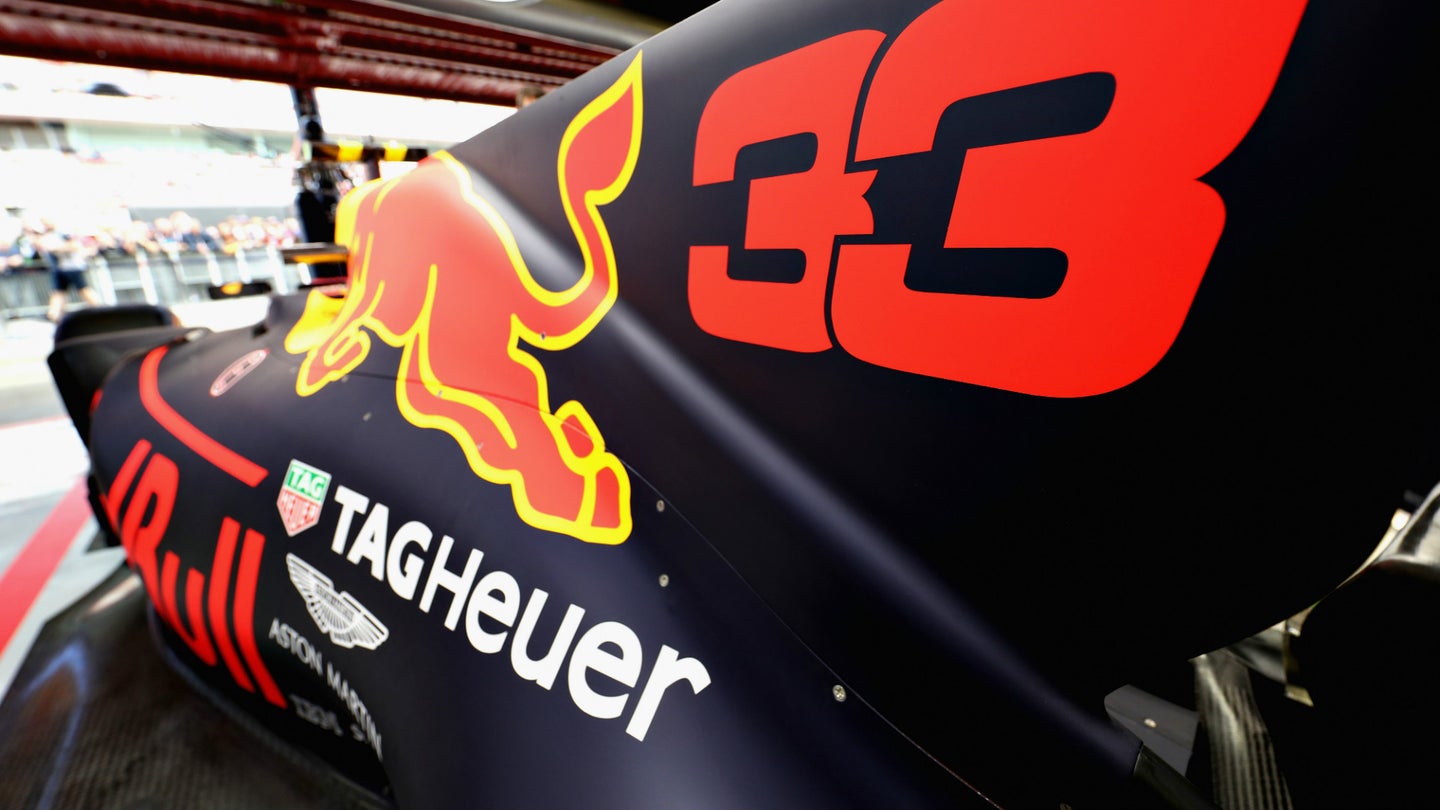This is How Formula 1 Might Sound in 2021
Reports say the fuel-flow limit is being raised, which should allow for higher-revving engines… and more noise.

The regulations for the next generation of Formula 1 engines are in a conceptional phase. Little has been agreed upon, save for the format, and the desire for more noise and more power. While manufacturers already have their qualms with the concept laid out by the FIA and Liberty Media, fans will no doubt rejoice at the report from Motorsport Magazin that explains just how the sport's management hopes to achieve these goals.
Fuel-flow limit will supposedly be raised from its current maximum of 100 kilograms per hour to 120 kilograms per hour, all in the name of making the Formula 1 more attractive to viewers.
Though the current regulations permit engines to spin to 15,000 RPM, no supplier has designed a power unit to utilize the entire legal rev range. The fuel flow limit makes power drop off sharply above approximately 12,000, so it is rare to see current Formula 1 cars foray into the realm of 13,000 or above.
The increased fuel flow limit should, if RPM usage increases proportionally with greater fuel flow, allow engines to rev to at least the mid-14,000 range, where they could—assuming thermal efficiency losses from MGU-H deletion are negated—make around 1,200 horsepower. The exhaust note would thus be significantly higher than it is now, as peak RPM could increase by between 2,400 and 2,600.
One video uploaded to YouTube showcases these changes approximately by editing video of 2017 cars. Sourced from the United States Grand Prix weekend and pre-season testing in Barcelona, the clips include the traditional onboard microphone, the experimental microphone tested on Force India's cars during USGP practice sessions, and trackside recordings.
They still don't sound quite like what some predicted this generation's engines would sound like, but they are certainly getting closer. Liberty should consider combining both the traditional and experimental onboard microphones to conglomerate the sounds to better represent what the engines sound like in person, because as much as the internet enjoys whinging about how modern Formula 1 cars sound, they're still loud, and sound great when you are separated from the cars only by a chainlink fence.

